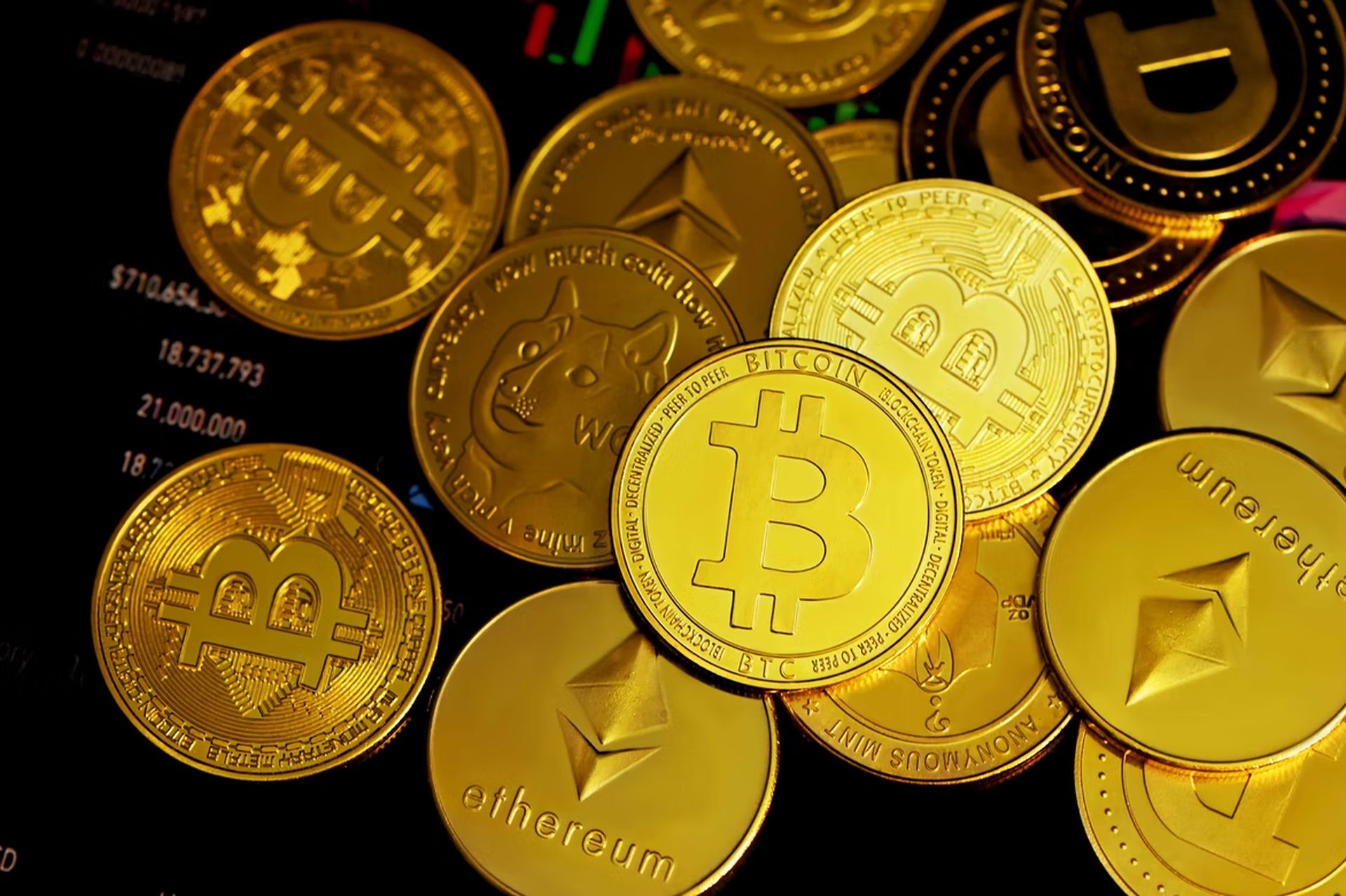Today we are going to address the environmental impact of NFTs. For a more sustainable feature, it’s important to discuss how does crypto affect the environment. It’s vital to talk about the carbon footprint of NFTs. Over the past several years, NFTs, or non-fungible tokens, have been increasingly popular. NFTs are typically employed to transfer ownership of digital artwork and collectibles, but they have on occasion attained the status of fine art.
But using the blockchain to move assets has an additional, hidden cost with NFTs. The energy use and environmental impact of NFTs and cryptocurrencies have recently gained a lot of attention. The rise in NFTs is merely stoking the fires.
How do NFTs work?
Blockchain technology is used by a non-fungible token to verify ownership of an asset. NFTs differ slightly from cryptocurrencies in the way they operate because of specific information they contain. Most significantly, because NFTs are non-fungible, you cannot swap one for another that is comparable. The value of every Bitcoin is the same, but this is not the case with NFTs.
Most NFTs transfer ownership using the Ethereum blockchain. On the Ethereum blockchain, when a user purchases an NFT, they pay ETH to either the NFT’s current owner or the marketplace that is sponsoring the transaction. They receive the NFT in their wallet in exchange. The “gas fees,” or service fees related to the transfer, are included in the payment. The owners of the computer network that is used to confirm transactions on the blockchain receive those fees.

An NFT is similar to holding the rights to a work of art or a collectible. It is nearly impossible to prevent someone from producing a digital copy of a movie or image that is visible to the public. Owning the rights, however, is more akin to owning an artist’s original artwork, whereas owning copies is more akin to owning a low-quality poster print. The print is essentially useless; the original is priceless. Now let’s discuss the environmental impact of NFTs below.
What is the environmental impact of NFTs?
The environmental impact of NFTs is a problem that affects the entire crypto business. As was already mentioned, the majority of NFTs use the Ethereum blockchain, which confirms each new block using a proof-of-work approach. This implies that the network’s computers (i.e., miners) compete to find a solution to a challenging challenge. The right to confirm the block is granted to the first computer on the network to solve it, and they also get a reward. They also get the gas fees for each transaction in the block.
The importance of finding a solution in the proof-of-work system rises along with the price of ether and gas prices. As a result, miners are motivated to spend more money on computer hardware, which increases the demand for electricity from the power grid. The environment will suffer if the energy is produced without any environmental safeguards from sources that release greenhouse gases or otherwise hurt the ecosystem.

But it is difficult to pinpoint how NFTs in particular impact the ecosystem. Only a small percentage of transactions on the Ethereum blockchain are NFTs. It is uncertain whether they have significantly affected the amount of computing power that miners are contributing to the network in order to solve those challenging issues. NFTs are expected to have some impact, although it may not be as significant as the general increase in crypto and decentralized finance (DeFi) acceptance.
“Green” NFTs
NFTs can be made more ecologically friendly in a few different ways.
First, there was a push in the cryptocurrency industry to use more sustainable energy sources for mining. However, that solution has its own issues, including the continuous strain on the electric system and the fact that renewable energy might probably be used for other, more urgent needs, like keeping people’s lights on.
Alterations to the NFTs’ underlying technology are among the other choices. NFT-related consumption and greenhouse gas emissions can be reduced by using a blockchain that uses the more energy-efficient proof-of-stake method. By securing a certain amount of cryptocurrency under a proof-of-stake system, miners have the opportunity to validate the following block on the blockchain. Powerful computers are no longer relevant.

Cardano and Solana are two blockchains that already enable NFTs and make use of the proof-of-stake architecture. Ethereum has been attempting to transition to Ethereum 2.0, a proof-of-stake mechanism. Although it has been working on the move for some time, there is no set date for the switch.
Adding a second layer to the blockchain is one way to address the environmental impact of NFTs. Anyone could conduct transactions outside of the blockchain using a second layer, which would then allow them to be batch-processed into a single large transaction on the blockchain. For all kinds of blockchains, there are many “Layer 2” solutions, with the Bitcoin Lightning Network being one of the most notable.
What does the future hold for NFTs?
Both artists and collectors are making significant efforts to make NFTs more environmentally friendly. Additionally, there is pressure on the entire cryptocurrency sector to lessen the negative effects of crypto assets on the environment.
The industry will provide a more environmentally friendly means to acquire, sell, and collect NFTs if the market asks for it. Many NFT marketplaces and platforms are promoting their services’ environmental friendliness, and there are existing solutions available. It’s possible that additional NFT projects may move to those infrastructures and employ blockchains using the proof-of-stake consensus mechanism.

However, no other blockchain has the dependability and credibility of Ethereum that supports smart contracts, which are essential for NFTs. Larger NFTs, including original works by artists like Beeple, may still desire to use the Ethereum network, for example. Determining whether to upgrade to Ethereum 2.0 or provide a solid Layer 2 solution for NFTs on the Ethereum blockchain is up to the Ethereum network as a result. The aim is to reduce the environmental impact of NFTs and cryptos.
How does crypto affect the environment?
The amount of energy consumed for Bitcoin and cryptocurrency mining cannot be calculated directly, but it can be inferred from the network’s hashrate and the amount utilized by mining rigs that are readily accessible for purchase. Using the most recent country energy estimates from 2019, the Cambridge Bitcoin Electricity Consumption Index calculates that Bitcoin, the most widely-mined cryptocurrency network, used approximately 218 Terawatt-hours (0.13 percent of the world’s energy production) and 85 Terawatt-hours (0.38 percent) of electricity at the point of production, which is more than Belgium and Finland combined. Also you can check out the biggest crypto scams in 2022.

Based on energy usage through July 9, 2022, Ethereum, the second-largest cryptocurrency network, is projected to use 62.77 Terawatt-hours of electricity year, which is comparable to Switzerland’s electricity consumption. A typical Ethereum transaction used 163 kilowatt-hours of electricity, which is equivalent to the amount used by a typical American household in 5.51 days.
Should you invest in NFTs?
If NFTs have caught your attention but you are concerned about the environmental impact of NFTs and trading on the blockchain, you might want to conduct more research before making an investment. It’s not hard to find NFTs that use a proof-of-stake blockchain, but if you don’t want to use the Ethereum blockchain, you’ll be excluded from some of the most well-known projects.
More importantly, think about NFTs’ volatility. They can fluctuate in value even more than cryptocurrencies, and because they are non-fungible, it may be more difficult to sell them because a buyer will need your particular NFT. If you have to sell something, you could have to settle for less than the item is worth or wait for a buyer who would match your asking price.
If you do decide to invest in NFTs, make sure to get something you’ll be proud to possess because you might be forced to keep it. The good news is that it won’t harm the environment further if you never sell it. Today we discussed the environmental impact of NFTs. Lately we’ve learned that eBay acquired NFT marketplace KnownOrigin, head in for more details!





